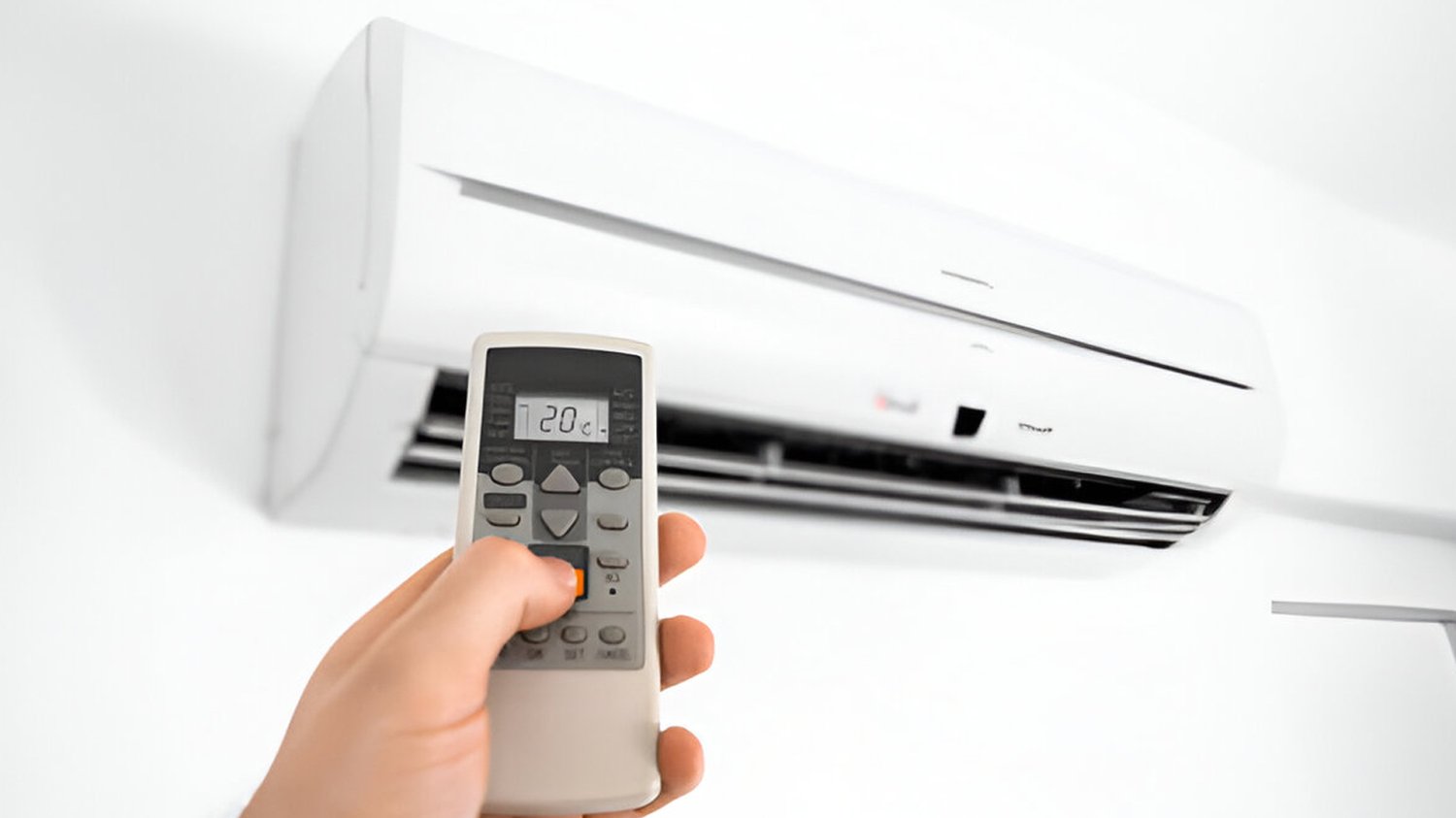Understanding the Key Components of Air Conditioning System for Optimal Cooling Efficiency
When it comes to achieving optimal cooling efficiency with an air conditioning system, it is essential to understand how each part plays a vital role in the overall functionality of the system. In this article, we will explore various components and their impact on cooling efficiency.
The Compressor:
The compressor plays a vital role in the air conditioning cycle. Its primary function is to compress and circulate the refrigerant gas throughout the system, which helps to cool down the indoor air. A malfunctioning compressor can lead to insufficient cooling, reduced energy efficiency, and increased energy bills.
The Evaporator:
The evaporator is responsible for absorbing heat from the indoor air. It is usually located inside the air handling unit or the furnace. The refrigerant absorbs heat from the indoor air, which evaporates in the evaporator, generating cool air. Proper maintenance and cleaning of the evaporator are essential for optimal cooling efficiency.
The Condenser:
The condenser is another critical component of the air conditioning system. Its primary role is to release the heat that has been absorbed by the refrigerant outside. It is located in the outdoor unit and can be prone to dust and debris accumulation. Therefore, regular cleaning and maintenance are crucial to ensure optimal performance.
The Expansion Valve:
The expansion valve helps regulate the flow of the refrigerant through the system by regulating the amount of refrigerant that enters the evaporator. If the amount of refrigerant is not regulated correctly, it can lead to inadequate cooling efficiency.
The Air Filter:
The air filter is responsible for filtering dust, dirt and other particles from the indoor air. It helps to ensure the smooth and efficient operation of the system. When the air filter becomes clogged, it can reduce the airflow and reduce the cooling efficiency of the air conditioner. Therefore, changing the air filter regularly is essential for optimal cooling efficiency.
The Thermostat:
The thermostat is the control center of the air conditioning system. It regulates the temperature of the air being circulated in the room. Therefore, it is crucial to ensure that the thermostat is calibrated correctly. A malfunctioning thermostat can lead to a system that is either not cooling enough or is overworking itself, which can lead to increased energy bills and reduced efficiency.
The Ducts:
The air ducts are responsible for transferring the cooled air throughout the room. When there are leaks or gaps in the duct system, it can lead to cool air escaping, reducing the overall cooling efficiency of the system. Proper maintenance and cleaning of the ducts can help improve efficiency.
The Refrigerant:
The refrigerant is essentially the blood that flows through the air conditioning system. When the refrigerant level is low, it can lead to insufficient cooling efficiency. Therefore, it is essential to ensure that the refrigerant levels are checked and maintained regularly. A leak in the refrigerant line can also reduce cooling efficiency and lead to increased energy bills.
The Fan:
The fan is responsible for circulating the cool air around the room. When the fan blades or the motor are dirty, it can lead to inefficient operation, making it harder for the system to cool down the indoor air. Regular cleaning and maintenance of the fan is crucial for optimal cooling efficiency.
The Capacitor:
The capacitor stores a charge in the system, allowing the compressor and fan to start and run efficiently. If not functioning correctly, it can lead to the system not starting up or overworking, leading to increased energy bills and reduced cooling efficiency.

